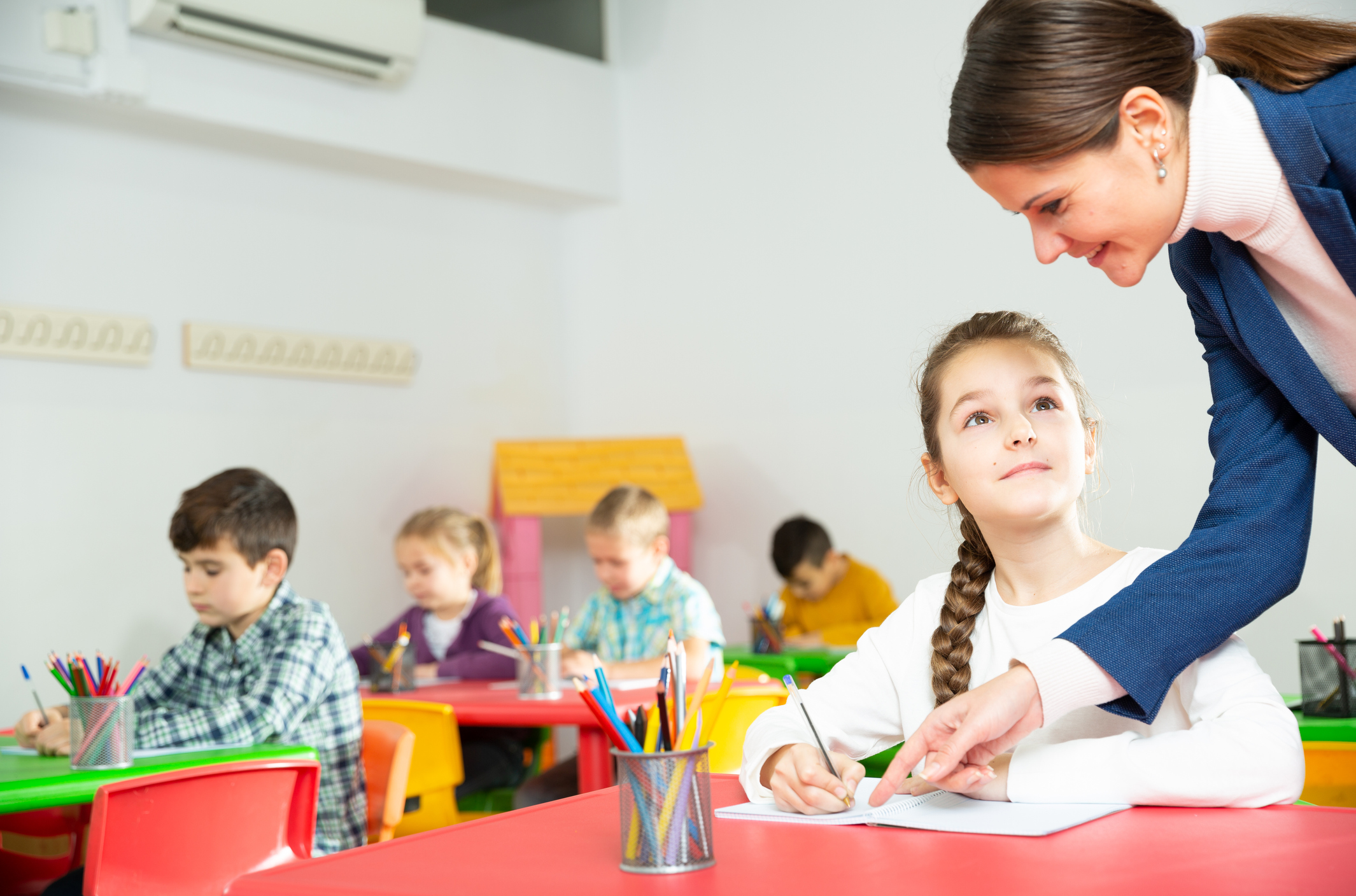Attachment theory describes the effect of children having solid attachment to the adults in their lives. When that attachment is not strong, that child is left floating in a world where it is difficult to be connected – attached, if you will.
A child living in an uncertain world is going to have difficulty responding to the lessons they receive in school. The sense of security that comes from strong attachments creates a psychological base from which the child can grow intellectually.
It is vital for instructors to have an understanding of attachment theory and the impact this can have on daily interactions at school and in the classroom.
What is Attachment Theory?
In its most basic form, attachment theory states that infants are biologically predisposed to form attachment relationships from which they can experience comfort and security. An attachment refers to an emotional relationship that develops between a child and their primary caregiver and where the child seeks both psychological and physical safety. Once securely attached, a child feels safe enough to develop, explore and learn in their wider world, knowing that they have a safe haven to return to.
The four basics of attachment are:
|
Proximity Maintenance |
Where the child wants to be near the people they are attached to. In later years it is the desire to be around people who make us feel safe and secure |
|
Safe Haven |
The child can rely on the caregiver for comfort when feeling anxious, threatened, frightened, or in danger |
|
Secure Base |
The caregiver gives a solid foundation to a child’s world so they can explore, learn and sort things out for themselves (and return back to the caregiver if needed) |
| Separation Distress | The child becomes distressed when they become separated from their caregiver |
There are stages and styles (levels) of attachment. The stages stretch from birth, while there are four attachment styles – Secure, Avoidant, Ambivalent, Disorganised. The styles are often explained by the amount of exposure children had to caregivers (constant versus inconsistent) as well as the level of abuse suffered (either through negligence or actual physical harm).
What Teachers Need to Know about Attachment Theory
For many children, school becomes a safe haven for them, with safe adults who care about their welfare and build trusting relationships. This can be hugely important to support a child’s development in the wider world and can move a child from surviving to thriving.
As it applies to the classroom, degrees of insufficient attachment show up in poor relationships with both instructors and classmates, a lack of curiosity toward school subjects, and poor social skills within the school as a whole. This is why schools need to acknowledge the importance of attachment and train staff so that they are able to respond in a way that will reduce stress and anxiety as quickly as possible (and get back to learning! Children cannot learn until they feel safe.
Teachers should provide an environment that fosters a desire to attach and learn. The key ingredients to create such a classroom are predictability, consistency with a keen focus on maintaining a calm atmosphere.
Attachment Theory in the Classroom
Attachment disorders most often occur when the support from parents or caregivers in infancy is not consistent. As with many other non-physical disabilities that exist among children, consistency in instruction plays a key role with RAD students.
Therefore, instructors are encouraged to:
- Have a structured classroom that is inclusive, and be trustworthy.
- Treat all children with respect, empathy and kindness – much as we would want for ourselves!
- Offer opportunities to build relationships, but do not force children to create bonds with others.
- Have strategies to reduce stress and anxiety before it emerges – with brain/sensory breaks.
- Respond to behaviours. Let the student know you are aware of them. This will demonstrate that you are ‘seeing’ and ‘hearing’ the child who may be trying to express distress.
- Always repair any ruptures in relationship following incidents to get the relationship back on track. This gives the message that you want the child back in your classroom tomorrow!







